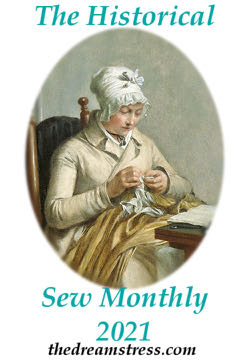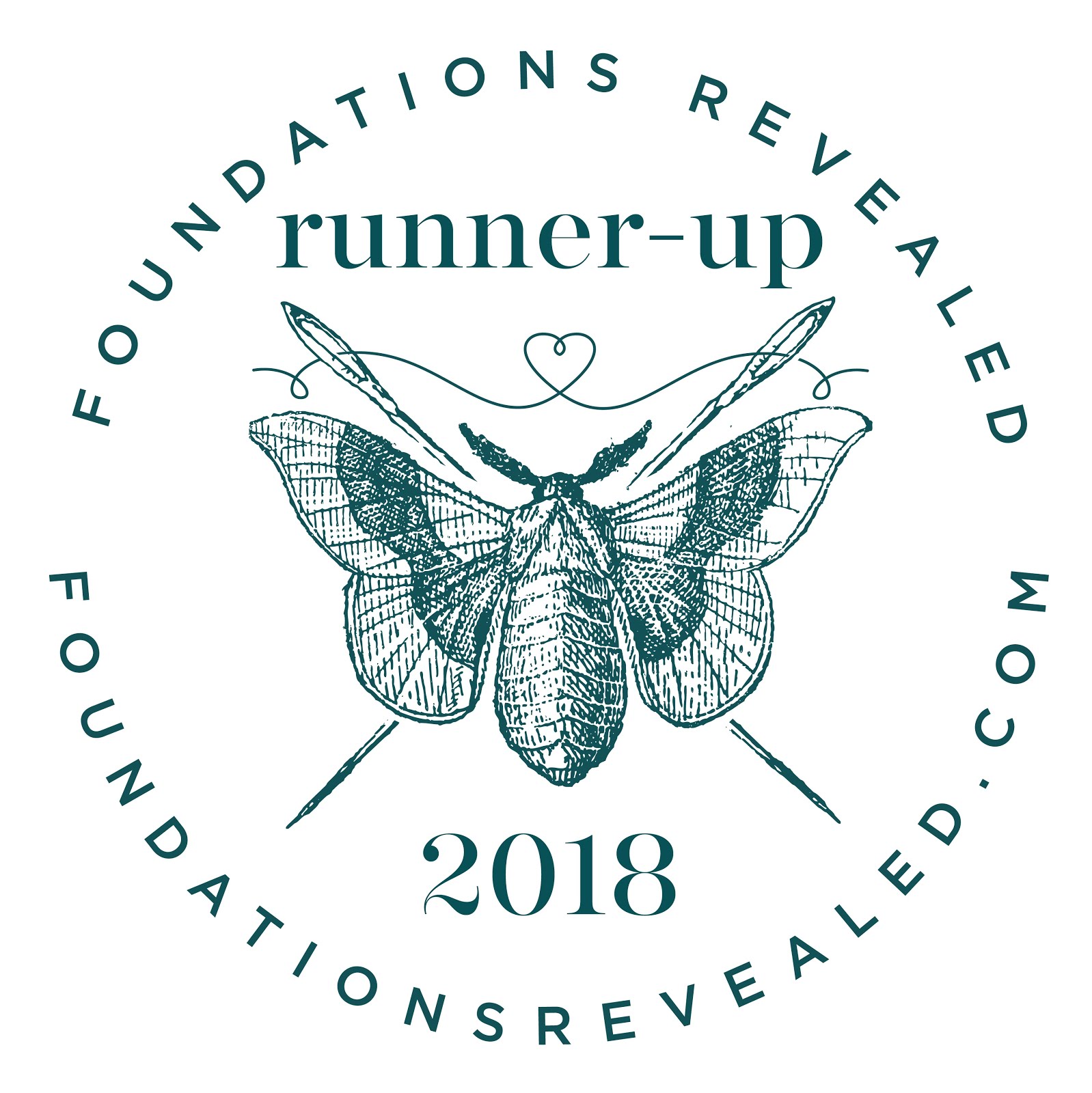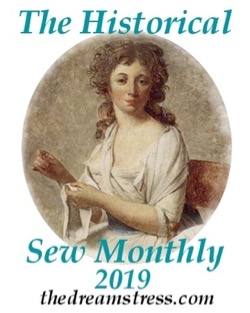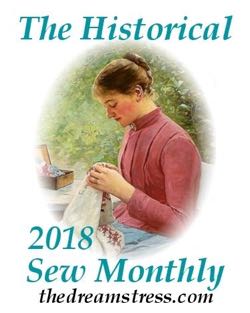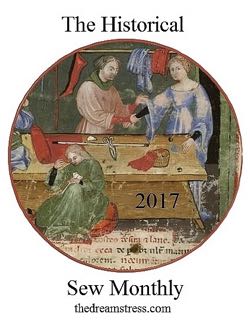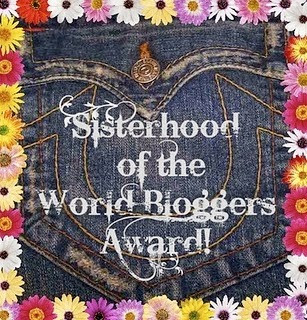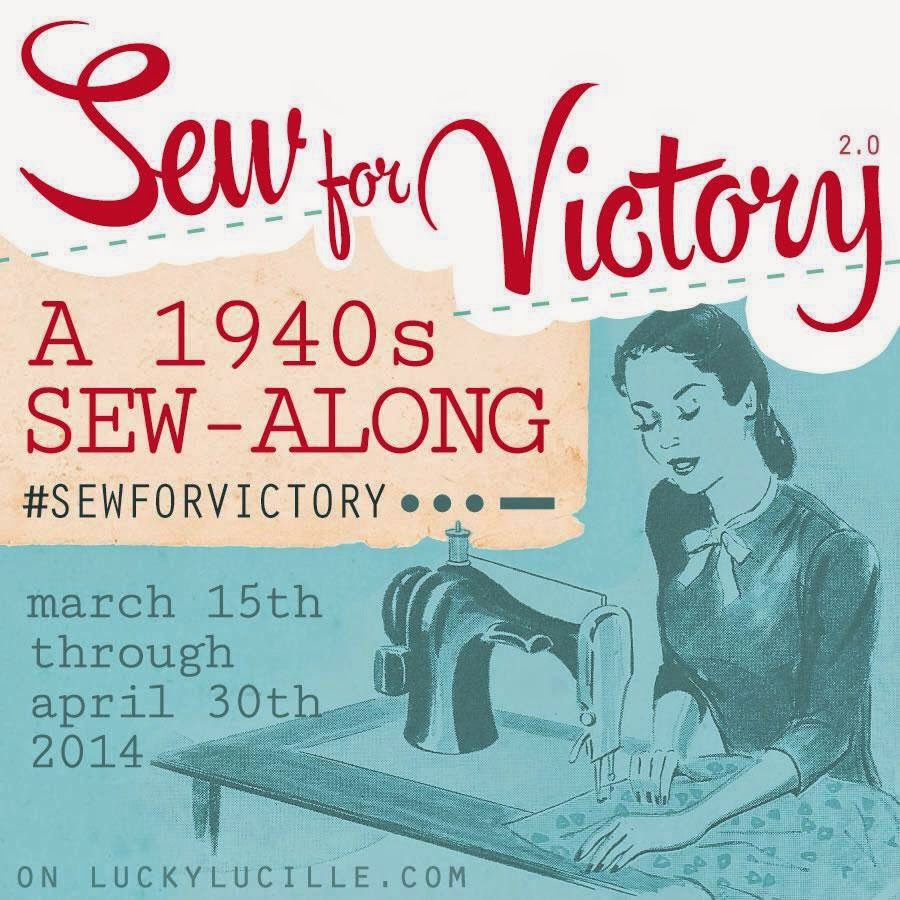On a Shoestring: It's an expensive time of year, so make an item on a tight budget
(say under $15, or less than you'd spend on a reasonable price takeaway meal for one person in your
country - and no 'stash' doesn't count as free: you still have to count what you would have originally paid for those items :) )
The Dreamstress
Throughout 2019 I've been studying and learning about 18th century fashion. There is some incredible material available for an historical costumer and, thankfully, some of this is affordable and readily available to a novice to this era. American Duchess has published a book entitled 18th Century Dressmaking and the companion book 18th Century Beauty has information and recipes for beauty products, hairstyles, and headwear.
The 1770s French Night Cap pattern and instructions in this book seemed like a perfect fit for an 18th century wig I will be wearing for a photo in February as part of the Foundations Revealed 2020 Competition. The pattern in the book is illustrated on a grid and I am using Quad Ruled Dual Pad paper to scale up the pattern. This paper is 4 squares to the inch. I tape pages together, rule in 1 inch squares, and then just approximate the points of the pattern on each line and connect the dots. Instant pattern!
Years ago I purchased yards and yards of a cream colored linen and have used it for Victorian underthings, Edwardian underthings, my 18th century underthings, and cabbage from those projects is perfect for this cap.
The pieces are called a caul (the large cap), the band, and the ruffles which are attached to the band. I finished the lower edge of the caul, which is the very back, by handstitching. While the directions called for cording or candlewicking, of which I had neither, I used dental floss for my gathering threads. Not period but practical, functional, and available which is sometimes my definition of historically accurate. :) But I did handstitch the eyelet for the dental floss gathering threads.
To save time I finished all remaining edges of the caul and band, and the upper edge of the ruffles by machine. While this saved time, I do wish I had been completely accurate and completed those by hand as well. The cap is cute and I may want to wear it more than once. Because the lower edge of the ruffle would show when worn, I did handstitch those edges. Now all pieces are ready for final assembly.
The edge of the caul is gathered with a whipped gathering stitch until it fits the band. Then the band and caul are sewn together with a whipstitch catching each gathered bump.
After the band is completely attached to the caul the ruffles are gathered and attached to the band in the same way.
The addition of a satin bow following instructions in the book is the perfect touch.
The cap is complete!
Although pretty as it is for a nightcap, the addition of more ribbon makes it versatile and wearable for day as well.
Historical Sew Monthly
What the item is: French Night Cap
How it fits the challenge: Under $15
Material: Linen
Pattern: American Duchess 18th Century Beauty Book
Year: 1770s
Notions: Thread, ribbon, dental floss
How historically accurate is it? The pattern is based on early 1770s prints and portraits. The technique is period but the machine stitched edges take away from complete acccuracy. 70% minus the dental floss. :)
Hours to complete: I'm a slllooooowwwww hand stitcher, so maybe 10 total hours.
First worn: February 2020 for a Foundations Revealed Competition entry.
Total cost: Approximately 1/2 yard linen originally $6 per yard equals $3, plus $2 ribbon. $5 total.
.jpg)





















